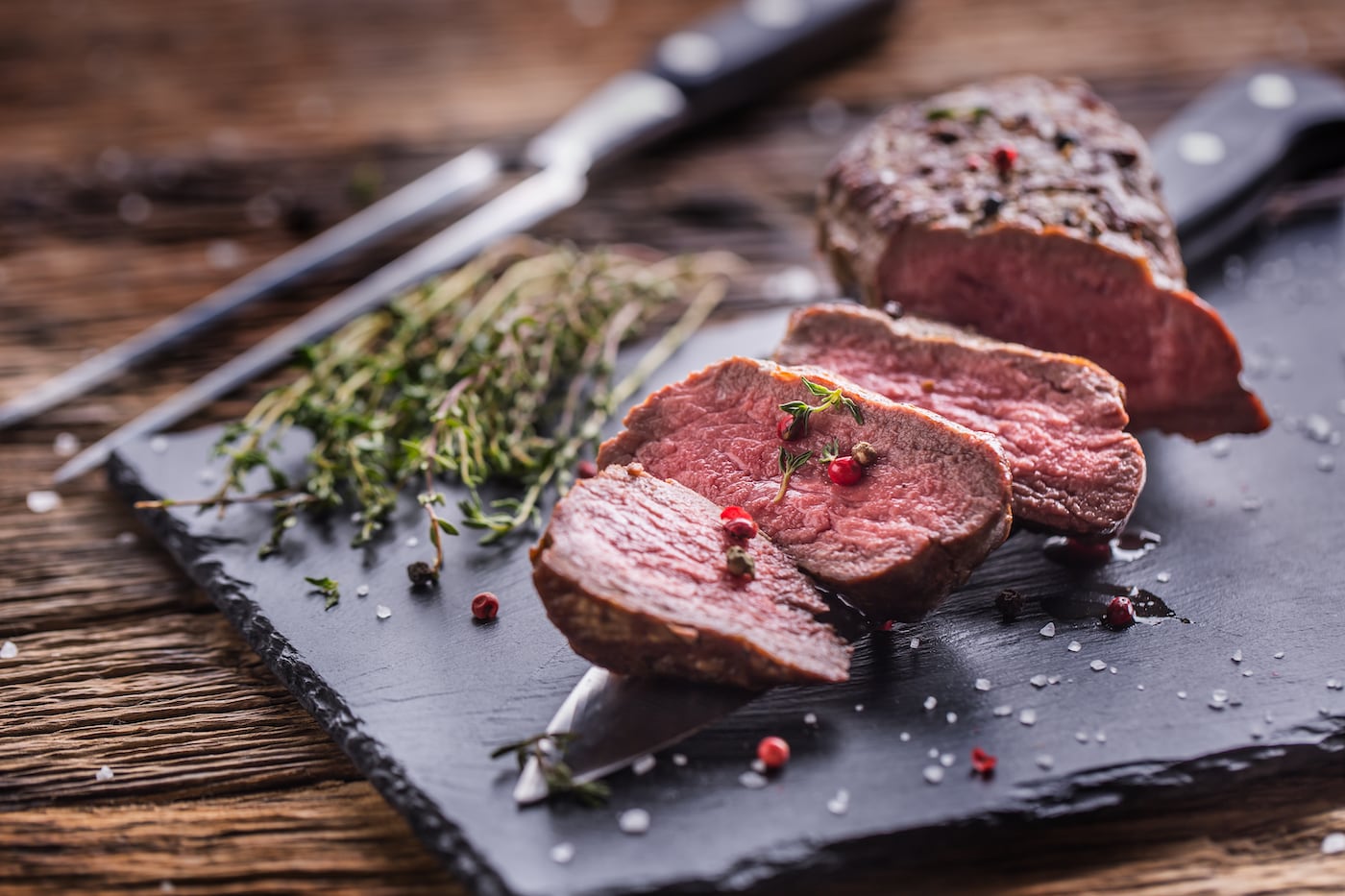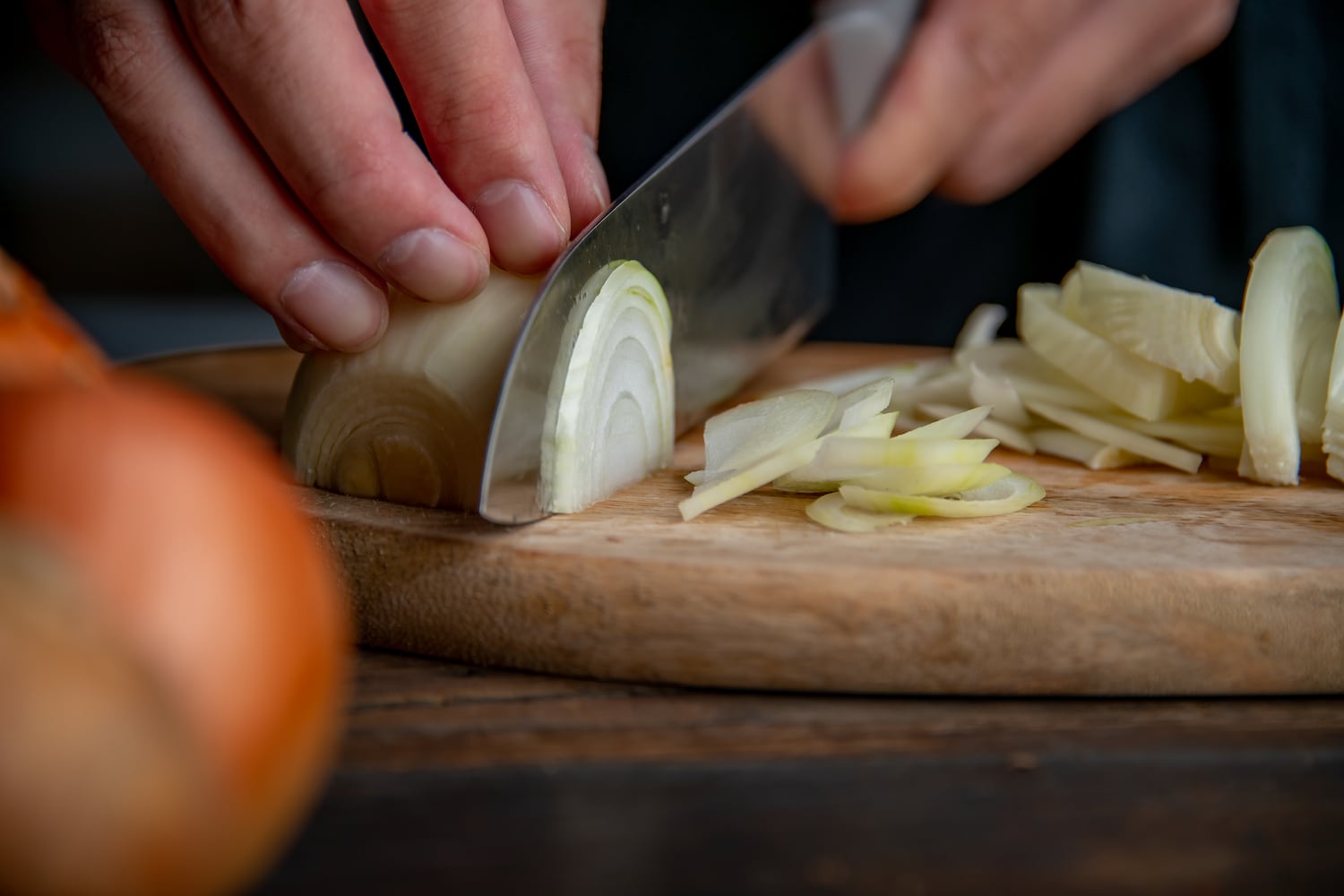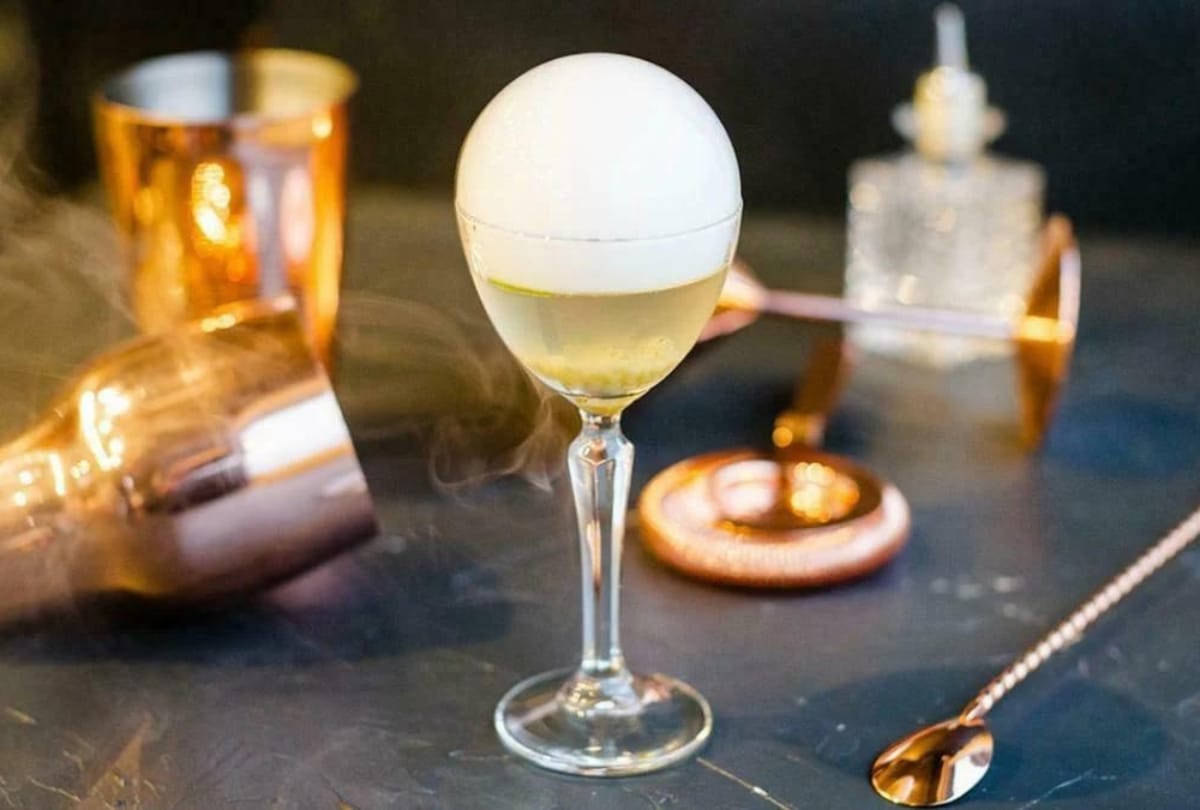When we cook our food, whether it's sous vide or a traditional cooking method, we do it for three reasons. We heat our food for a better taste, because our meat or vegetables become more tender. In addition, we heat our food to make it safe for consumption.
When baking, stewing, boiling and sous-vide cooking, a large number of pathogenic micro-organisms are killed. Most bacteria are destroyed at temperatures above 60 degrees Celsius. Without you perhaps realizing it, you are already pasteurizing a large part of the food.
What is pasteurization?
The term 'pasteurization' is derived from the name of the discoverer of this process, Louis Pasteur. He was a French chemist and biologist and in 1862, together with Claude Bernard - a French physiologist - performed the first pasteurization.
Pasteurization is a way to make food safe for consumption, but also to ensure a longer shelf life. Pasteurization heats the product to a temperature below 100 degrees Celsius.
Pasteurization or sterilization?
Pasteurization and sterilization are not the same. Pasteurization is done at a lower temperature and does not render all microorganisms harmless.
Pasteurization 'only' reduces the number of microorganisms to a level where food can be safely consumed and the shelf life can be extended. Sterilization uses a much higher temperature. All microorganisms are destroyed, but the high temperature affects the taste of the product. This is because the proteins in the product change chemically during sterilization.
Taste is very important, especially when it comes to food, which is why pasteurizing food at lower temperatures is preferred.
How can you pasteurize?
Pasteurization is nothing more than heating a product to a certain temperature for a certain time. Pasteurization can be done in different ways.
A classic way of pasteurizing is the so-called 'hot filling'. A food, such as jam, is first cooked and then immediately sealed airtight. Another way to pasteurize food is by using steam.
By far the easiest way to pasteurize food at home is by using a sous-vide device. The product is first vacuum-sealed, then heated until the desired core temperature is reached. The product is then safe for consumption or we cool it back down very quickly after cooking. The product can then be consumed later. In an earlier blog we already wrote about the how and why of cooling down with sous-vide.
Sous-vide pasteurization
With sous-vide you cook a piece of meat, fish or vegetables at a very precise temperature and for a specific time. When you prepare meat, fish or even vegetables using sous-vide, you ensure that the product is completely safe to eat, but at the same time you prevent it from being overcooked. With sous-vide, the flavours are better preserved. In fact, meat that is allowed to float in the bath of warm water for a sufficient amount of time will improve in structure and become much more tender. Sous-vide is therefore an ideal way to prepare food.
When should you pasteurize meat sous vide?
Some meats will need to be fully pasteurized, while other meats are safe to eat with a quick pan fry. There are a few different factors that go into determining whether or not you need to pasteurize your meat.
In the end, it's all about parasites and bacteria. Meat can contain these microorganisms. These pathogens can end up on the meat and continue to develop there. Depending on the density and type of meat, you can sometimes find bacteria deep inside the meat.
Pasteurizing chicken and other poultry
Chicken and other types of poultry should always be pasteurized. Raw chicken is notorious for the presence of salmonella bacteria. A piece of chicken should therefore always be heated to the core. You should therefore avoid a chicken tartare or a medium-rare fried chicken leg.
Sous-vide pasteurization of beef and lamb
Beef and lamb are safe to eat raw. The way they are slaughtered and processed means that the risk of dangerous bacteria and parasites is much smaller. The structure of the meat means that bacteria will only be on the outside of the meat. This means that when you briefly fry the meat in the pan, you can bring the core of the meat to a temperature that you prefer. A fully cooked steak is therefore no safer than a medium cooked steak.
Please note that this is only the case when the outside of the meat is really the outside. When mincing, the outside becomes the inside and vice versa. Searing the outside of the meat well will not solve anything. A hamburger is therefore rarely served medium or rare. If you want to do this, you will need to ensure you have high quality beef and you will need to trim the outside of the meat before it goes into the meat grinder.
Pasteurizing Pork with Sous Vide
It is not really common to eat pork saignant or even raw. The meat of the pig can contain bacteria and parasites that can only be neutralized by cooking the meat well.
On a piece of meat, most bacteria can be found on the outside of the meat. Meat that consists of one piece, such as the well-known pork tenderloin, can therefore be eaten pink, but only when the outside is well-fried.
How to pasteurize meat with sous-vide?
The time required to pasteurize meat depends on the type of meat and the temperature of the sous-vide bath. In the example below, we use a 25 mm thick beef steak and a 25 mm thick chicken breast fillet. These pieces of meat can be pasteurized when cooked at the following temperatures and times.
Sous-vide time and temperature beef with a thickness of 25 mm:
- 55 °C for 2 hours and 45 minutes
- 57 °C for 1 hour and 50 minutes
- 60 °C for 1 hour and 20 minutes
Sous-vide time and temperature chicken fillet with a thickness of 25 mm:
- 58 °C for 2 hours and 20 minutes
- 60 °C for 1 hour and 40 minutes
- 65 °C for 1 hour
For more specific sous vide times and temperatures for other meats, you can read more in our blog about sous vide times. You can find the required times for the different meat types, thicknesses and temperatures there.
In brief
Sous-vide is an ideal way to pasteurize meat, fish and vegetables. By first vacuuming the food and then cooking it at a certain temperature, you can ensure that micro-organisms, such as bacteria and parasites, are rendered harmless.
The product is therefore completely safe for consumption, without negatively affecting the quality of the cooked product. In fact, choosing sous-vide will even ensure a much more tender end result.



Leave a comment
This site is protected by hCaptcha and the hCaptcha Privacy Policy and Terms of Service apply.